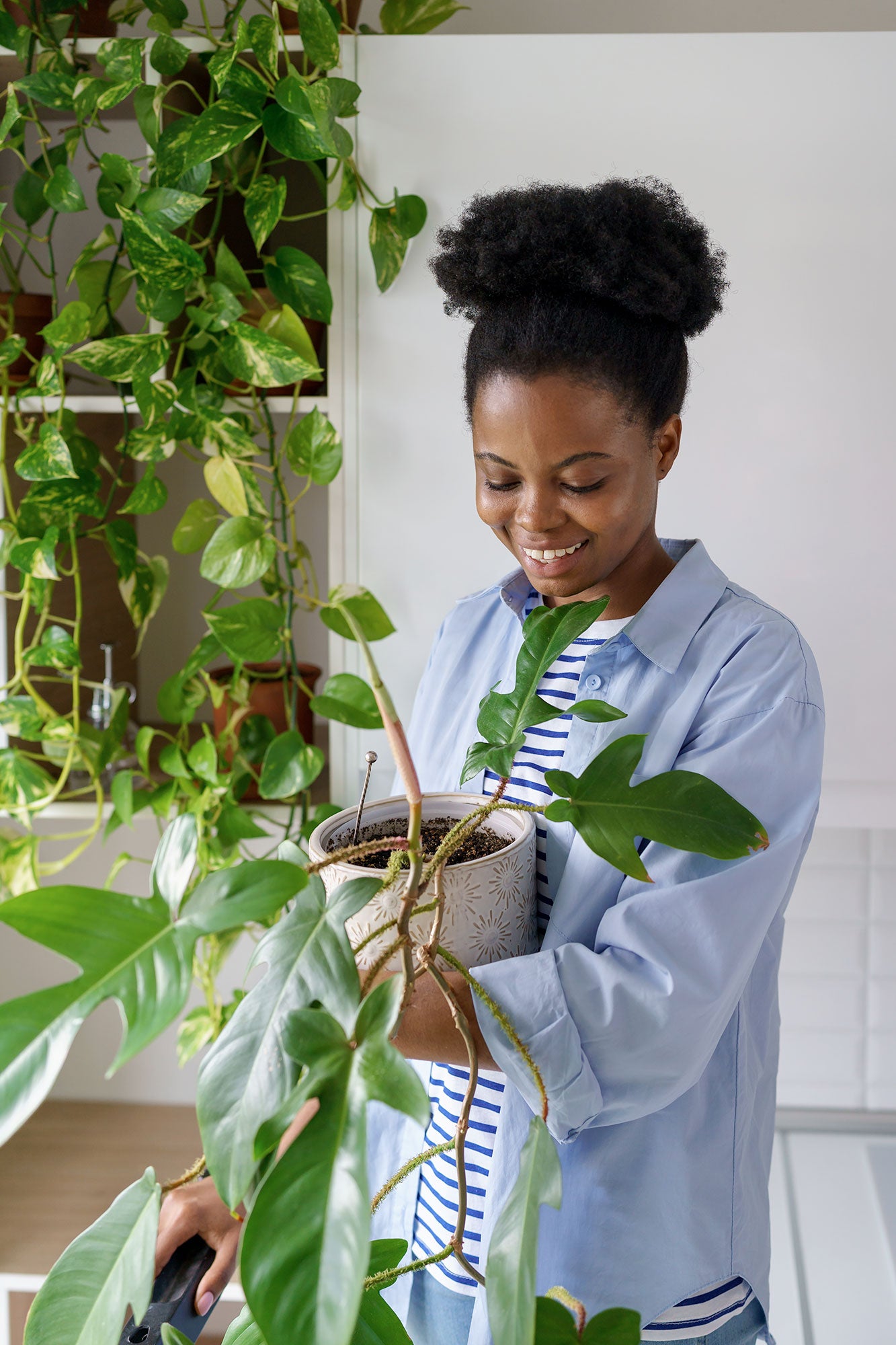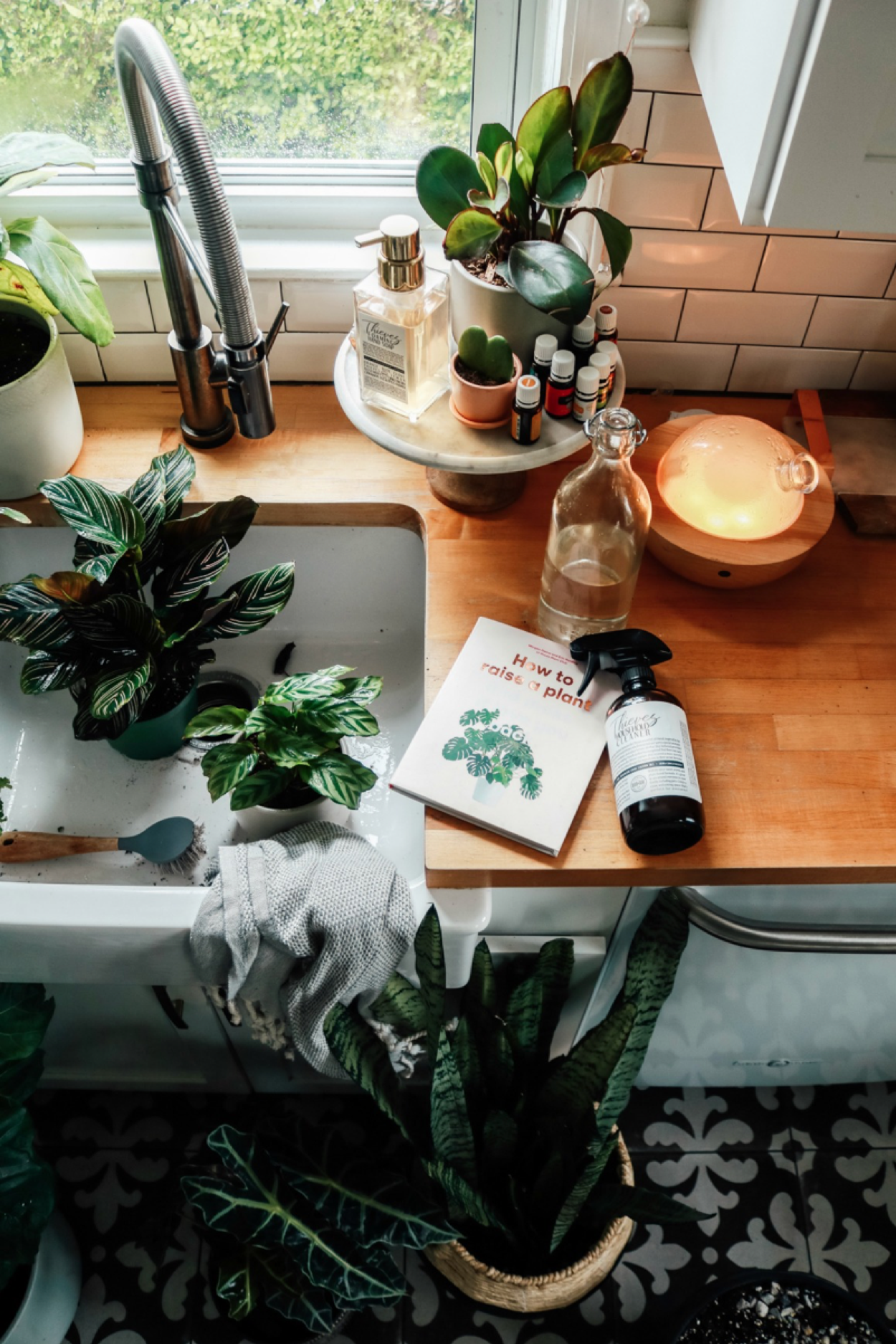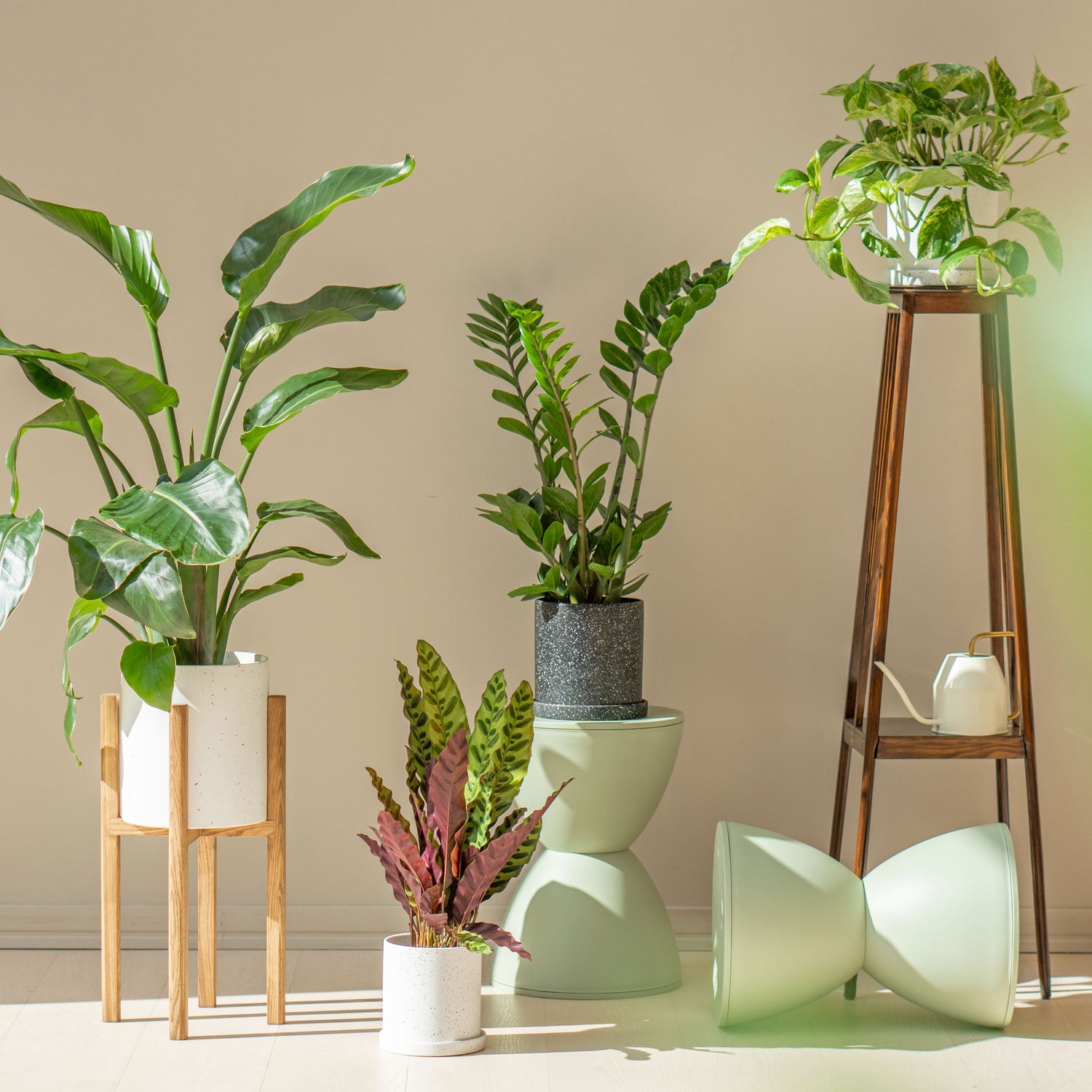
Preparing Plants for Fall Season
As the vibrant colors of summer slowly give way to the warm and cozy hues of autumn, it's time to shift our focus from outdoor gardening to the care of our beloved indoor houseplants. Just as spring care is vital for rejuvenating plants after winter, preparing your plants for the fall season is essential to ensure they continue to thrive throughout the colder months. Here are some tips to help you prepare your houseplants for the fall and winter seasons.

Repotting
While spring is often associated with repotting, it's generally not recommended for most houseplants during the fall. Fall is a time when many plants slow down their growth in preparation for winter. Repotting can disrupt this natural cycle and may stress the plant. However, if you have specific plants that have become severely root-bound or have other pressing issues, you may need to repot them regardless of the season. Always research your specific plant's needs before repotting.

Fertilizing
During the fall and winter, houseplants typically require less fertilizer than during their active growing seasons. It's a good practice to reduce the frequency of fertilization to once every six to eight weeks. Choose a balanced, water-soluble fertilizer and follow the recommended dosage on the label. Adjust the frequency and strength of fertilization based on your plant's specific requirements, which may vary depending on the species and its growth patterns.

Pruning
Just as in spring, pruning is essential in the fall. Remove any dead or damaged leaves, stems, or branches. These can become potential hiding spots for pests or serve as entry points for diseases. Additionally, pruning helps to shape your plants, ensuring they maintain an appealing and healthy appearance throughout the fall and winter.

Cleaning
The fall season is an excellent time to give your houseplants a good clean. Indoor plants tend to accumulate dust and dirt over time, which can hinder their ability to photosynthesize effectively. Gently wipe the leaves with a soft, damp cloth or, weather permitting, take your plants outside for a gentle shower to remove dust and pests.

Light & Temperature
As fall arrives, the days grow shorter, and natural light decreases. Ensure that your houseplants receive adequate sunlight. Consider moving them closer to windows or use the grow light. Be cautious of drafts and sudden temperature changes near windows, as these can harm your plants. Maintaining a consistent temperature range is crucial for their well-being.

Watering
With the cooler temperatures of fall, you'll need to adjust your watering routine. Most houseplants require less water in the fall and winter due to slower growth. Check the soil's moisture level regularly and water only when the top inch of soil feels dry to the touch. Always water thoroughly, allowing the water to reach the root zone, but avoid overwatering, which can lead to root rot.
Preparing your houseplants for the fall season is a thoughtful and necessary step to ensure their health and vitality during the upcoming colder months. By following these guidelines and adjusting them based on your specific plant's needs, you'll help your houseplants thrive through autumn and winter, continuing to brighten your indoor spaces with their greenery and positive vibes 🍂🌿


